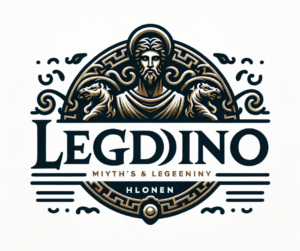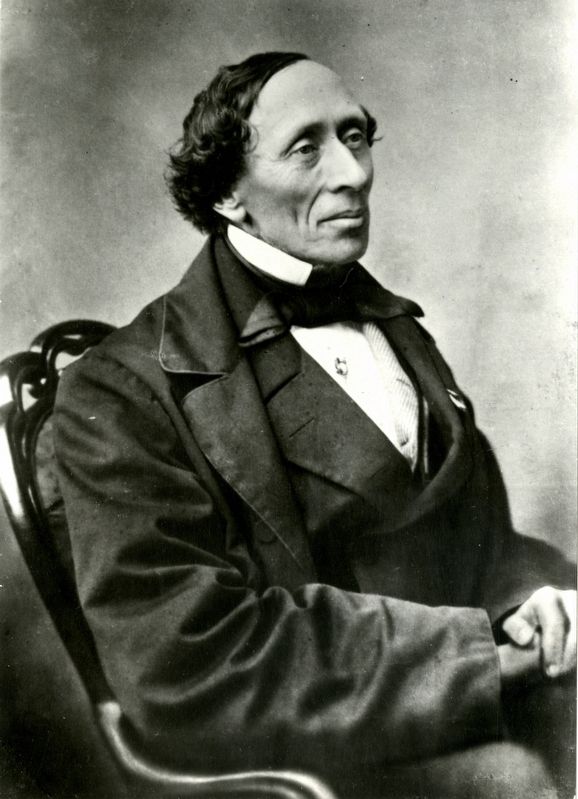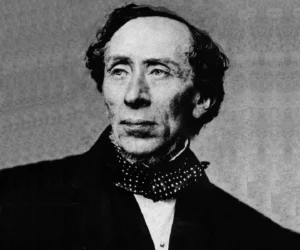
Hans Christian Andersen, a name synonymous with enchanting fairy tales, has captivated readers for generations with his imaginative and moral-rich stories. From “The Little Mermaid” to “The Ugly Duckling,” Andersen’s tales have transcended time and geography, leaving a lasting impact on both children and adults. But what is it about Andersen’s stories that make them perpetually relevant? This article delves into the timeless themes within Andersen’s works and explores why they continue to resonate with contemporary audiences.
1. The Essence of Andersen’s Stories
Hans Christian Andersen was not just a storyteller; he was a visionary who used fairy tales to reflect human experiences, emotions, and societal issues. His stories are characterized by a blend of fantasy and reality, often incorporating moral lessons and deep psychological insights. Andersen’s tales frequently explore themes of identity, love, sacrifice, and transformation, which are universally relatable.
2. Universal Themes That Endure
2.1. Identity and Self-Discovery
One of the most prominent themes in Andersen’s stories is the journey of self-discovery and identity. In “The Ugly Duckling,” Andersen portrays the transformation of a seemingly unattractive duckling into a beautiful swan. This narrative symbolizes the universal quest for self-acceptance and personal growth. The story speaks to individuals who feel out of place or misunderstood, offering hope that self-worth and identity are not determined by outward appearances.
2.2. Love and Sacrifice
Love, often coupled with sacrifice, is another recurring theme in Andersen’s tales. “The Little Mermaid” is a poignant example of this, where the mermaid sacrifices her voice and endures great pain to gain a human soul and win the love of the prince. This tale underscores the idea that true love often requires selflessness and courage. The depth of emotion and the high stakes of the characters’ sacrifices resonate deeply with readers, making the story enduringly poignant.
2.3. The Power of Imagination and Dreams
Andersen’s stories frequently celebrate the power of imagination and the importance of dreaming. In “The Princess and the Pea,” the fantastical elements serve as a metaphor for sensitivity and authenticity. The story suggests that true nobility and authenticity are revealed through one’s dreams and feelings, not through material wealth or external status.
3. Andersen’s Stories and Modern Relevance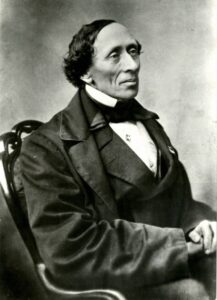
3.1. Addressing Contemporary Issues
Despite being written in the 19th century, Andersen’s stories address issues that remain relevant today. For instance, “The Emperor’s New Clothes” critiques vanity, arrogance, and the fear of speaking out against authority. This story reflects current social and political issues where individuals may feel pressured to conform or remain silent, making it a powerful commentary on contemporary society.
3.2. Emotional Resonance Across Generations
The emotional depth in Andersen’s stories allows them to connect with readers across generations. His characters’ struggles and triumphs mirror the human condition in ways that are both specific and universal. For instance, “The Little Match Girl” evokes empathy and compassion, highlighting issues of poverty and loneliness, which continue to be relevant today.
3.3. Adaptability and Innovation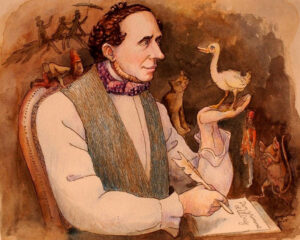
Andersen’s tales have been adapted into numerous formats, including films, stage plays, and musicals. This adaptability speaks to their universal appeal and the ability to be reinterpreted to fit modern contexts. The themes of his stories are versatile, allowing them to be reimagined while retaining their core messages, which helps maintain their relevance in contemporary culture.
4. The Impact of Andersen’s Legacy
Hans Christian Andersen’s stories have had a profound impact on literature, education, and popular culture. His ability to weave complex themes into accessible narratives has inspired countless writers, educators, and creators. The timeless nature of his themes ensures that his works remain a significant part of literary canon and continue to influence new generations.
5. Conclusion
Hans Christian Andersen’s fairy tales are more than just charming stories; they are profound explorations of timeless human themes. Through narratives of identity, love, sacrifice, and imagination, Andersen addresses universal experiences that resonate across ages and cultures. The enduring relevance of his stories is a testament to his skill as a storyteller and the depth of his understanding of the human condition. As we continue to navigate the complexities of modern life, Andersen’s tales offer valuable insights and reflections, ensuring their place in the hearts and minds of readers for years to come.
